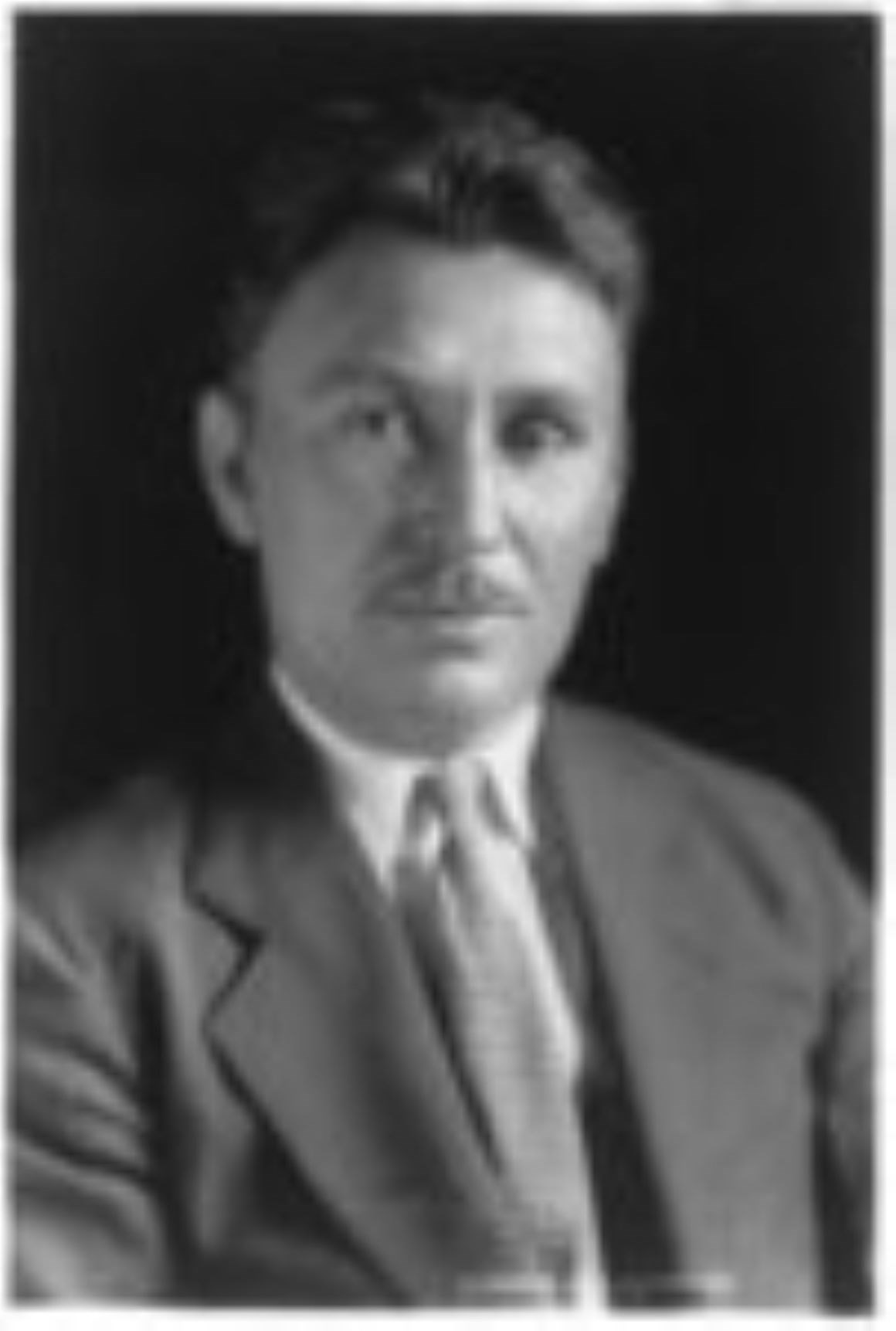
Library of Congress Wiley Post twice set the record for flying around the world:
Wiley Post crashed at Point Barrow, Alaska on August 15, 1935. Also a scientific innovator, Post developed a pressure suit that permitted him to fly the Winnie Mae into the stratosphere.He was a natural flier. Wiley Post was born in Texas on November 22, 1898. Never much of a student, Wiley was interested in mechanical things. His family moved around a bit; when Wiley was 11, they settled in Garvin County, Oklahoma. He saw his first airplane at an air show in nearby Lawton County. Later Hall bought a Lockheed Vega, largely for Post's use, nicknamed Winnie Mae for the oilman's daughter. The Depression intervened, and Hall was sold the plane back to Lockheed. In 1930 Hall bought a later version of the Lockheed Vega, a model 5-C, again nicknamed Winnie Mae. This later aircraft is the one most often seen in photographs of Wiley Post. In 1930, the Lockheed Vega was the hottest airplane of its type. The Lockheed Vega was one of the most famous record-breaking airplanes of the early 1930s. In addition to Wiley Post, two female aviators, Amelia Earhart and Ruth Nichols flew the planes.Post first achieved national prominence in 1930,when he won the National Air Race Derby, from Los Angeles to Chicago. The side of the Winnie Mae's fuselage was inscribed: "Los Angeles to Chicago 9 hrs. 9 min. 4 sec. Aug. 27, 1930." In 1931, Post flew around the world in the Winnie Mae with his navigator, Harold Gatty. On June 23, 1931, Post and Gatty left Roosevelt Field, New York. They made 14 stops. The first at Harbor Grace, Newfoundland; then Chester, England; Hanover and Berlin, Germany; Moscow, Omsk, Novosibirsk, Irkutsk, Blagoveshchensk and Khabarovsk, all in the Soviet Union; Nome, Alaska; and Edmonton, Canada. They then flew to Cleveland, and back to New York on July 1, having traveled 15,474 miles. Post spent the next year improving his airplane, installing an auto-pilot made by the Sperry Gyroscope Company and a radio direction-finder which homed in on target radio stations. In 1933, he repeated his round-the-world flight, but this time did it solo, with the aid of the auto-pilot and radio compass. He took off from New York's Floyd Bennett Field on July 15, bound, non-stop, for Berlin. Despite bad weather over the Atlantic, he made it in 26 hours, setting a record for a New York-to-Berlin flight. After a couple false starts, he departed Germany, only to be forced down in Moscow by trouble with his auto-pilot. While more repairs were needed in Novosibirsk and Irkutsk, he reached Khabarovsk ten hours ahead of his previous record.In Alaska, his radio direction-finder malfunctioned, and he got lost. Worried about the 20,000 foot mountains in his way, he touched down at a 700-foot landing strip in a small mining town, Flat, Alaska. He smashed his prop and right landing gear in the process.Some local miners repaired on the aircraft, and the prop was flown to Fairbanks to be straightened. After repairs, he continued on to Edmonton (July 22), and then flew over 2000 miles non-stop to New York. 50,000 people greeted him when he landed back at Floyd Bennett Field at 11:50 PM, July 22, 1933. Only making 11 stops, despite some major mishaps, he had knocked 21 hours off his previous record, completing the solo flight in seven days, nineteen hours. |
Last updated: December 7, 2020
